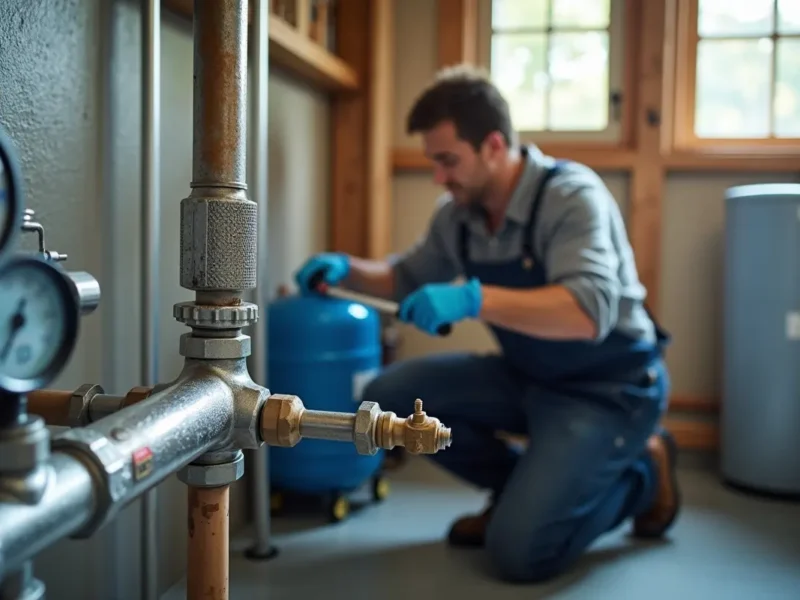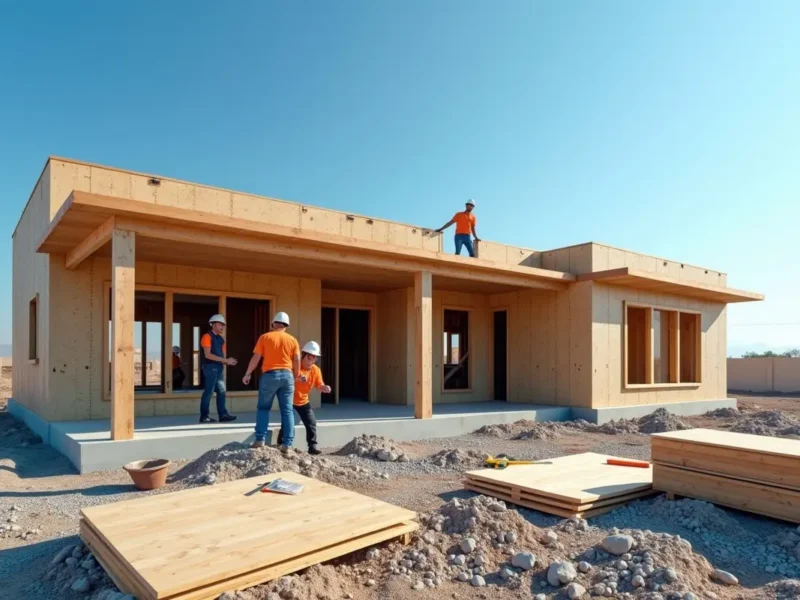Landscaping an estate offers a wonderful opportunity to create a beautiful outdoor space while respecting the environment. Eco-friendly landscaping focuses on sustainability, conserving resources, and supporting local ecosystems.
By incorporating green principles into estate design, it’s possible to enhance the natural beauty of the property while reducing environmental impact.
Contents
Choose Native Plants and Trees
One of the best ways to make landscaping eco-friendly is by selecting native plants and trees. Native species are well adapted to the local climate and soil, which means they require less water, fertilizer, and maintenance. They also provide habitat and food for local wildlife such as birds, bees, and butterflies.
Opting for native plants supports biodiversity and helps maintain the ecological balance in the area. Instead of exotic plants that may struggle or require chemical treatments, native species thrive naturally, making the landscape more resilient and sustainable.
Implement Water-Efficient Irrigation
Water conservation is essential in sustainable landscaping. Installing drip irrigation systems or soaker hoses can target water directly to plant roots, reducing evaporation and runoff. Smart irrigation controllers that adjust watering schedules based on weather conditions prevent overwatering.
Mulching around plants helps retain soil moisture and reduces the need for frequent watering. Collecting rainwater through rain barrels or other harvesting systems offers a free and natural irrigation source that decreases reliance on municipal water.
Use Organic and Natural Materials
Avoid chemical fertilizers and pesticides that can harm beneficial insects and contaminate soil and water sources. Instead, incorporate organic compost to enrich the soil naturally. Composting kitchen scraps and garden waste not only reduces landfill contributions but also produces nutrient-rich material for plants.
Choosing natural materials for pathways, patios, and garden edging enhances the eco-friendly approach. For example, gravel, reclaimed wood, or stone blend into the environment and reduce the carbon footprint compared to synthetic alternatives.
Create Wildlife-Friendly Spaces
Encouraging wildlife presence on the estate improves ecological health. Bird feeders, bat boxes, and insect hotels provide shelter and food for helpful species. Planting pollinator-friendly flowers attracts bees and butterflies, crucial for pollination of many plants.
Avoid clearing natural habitats entirely. Instead, preserve patches of native vegetation or wildflower meadows to support diverse species. This approach not only benefits wildlife but also adds charm and color to the landscape.
Install Sustainable Hardscaping Features
Hardscaping elements like fences, gates, and driveways play an important role in estate landscaping. Choosing sustainable materials for these features contributes to the eco-friendly vision. For example, metal gates offer durability and recyclability, making them a responsible choice compared to plastic or treated wood.
For those interested in elegant and sustainable estate entrances, consider metal driveway gates that combine strength with low maintenance. They can complement the natural surroundings while providing security and style.
Reduce Lawn Areas
Lawns often require significant amounts of water, fertilizers, and mowing, which can harm the environment. Reducing traditional lawn areas in favor of ground covers, native grasses, or mixed planting beds lowers maintenance needs and water usage.
Replacing lawn sections with wildflower meadows or edible gardens can add interest and utility to the landscape. These alternatives also support pollinators and beneficial insects, enhancing the ecosystem’s health.
Practice Soil Conservation
Healthy soil is the foundation of sustainable landscaping. Avoid excessive tilling or compaction to preserve soil structure and microorganisms. Use cover crops or green manures to improve soil fertility and prevent erosion.
Regular soil testing helps determine nutrient levels and pH balance, allowing for precise and minimal use of soil amendments. This careful approach maintains soil health and productivity for years to come.
Incorporate Renewable Energy Features
To further reduce environmental impact, consider adding renewable energy elements to the estate landscape. Solar-powered garden lights and water features use clean energy and reduce electricity consumption.
Solar panels can be integrated into garden structures or placed strategically around the estate to power outdoor equipment. This addition supports a greener lifestyle and can lower energy costs.
Final Thoughts
Creating an eco-friendly landscape on an estate involves thoughtful choices that benefit both the environment and the property’s beauty. By selecting native plants, conserving water, supporting wildlife, and using sustainable materials, it’s possible to build a landscape that lasts and thrives naturally.
Sustainable landscaping not only reduces ecological footprints but also creates a peaceful, vibrant outdoor space. Taking steps to protect the land helps preserve it for future generations while enhancing the estate’s charm and value.



